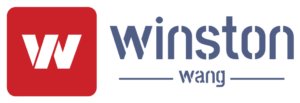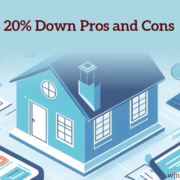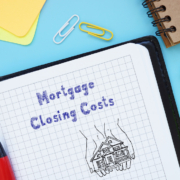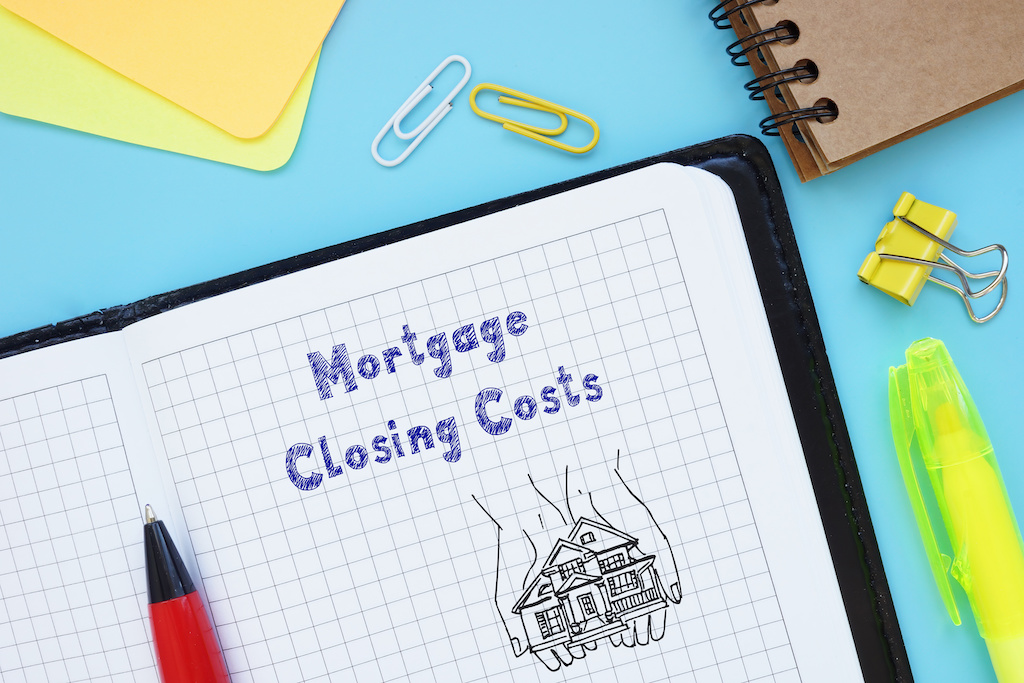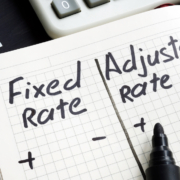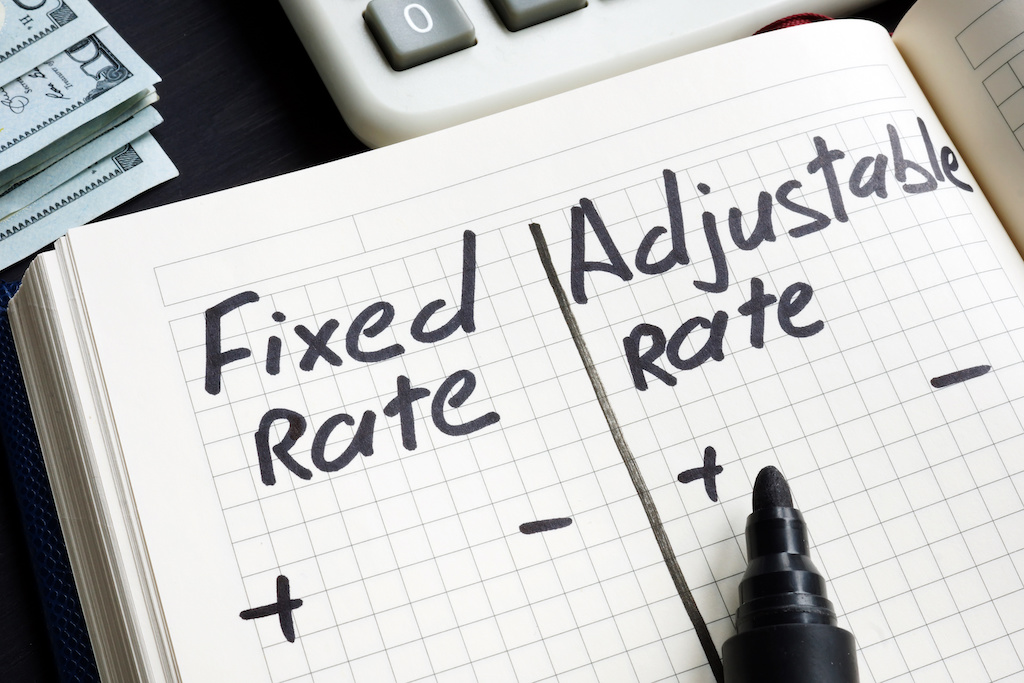Pros and Cons of Putting Less Than 20% Down
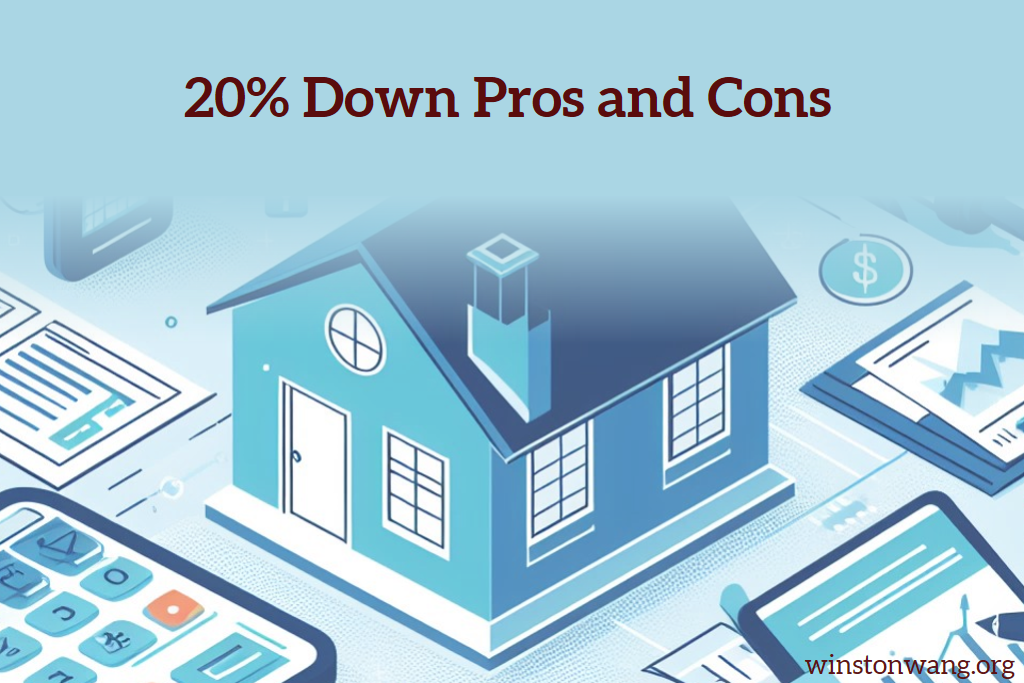 When it comes to buying a home, one of the most significant decisions you’ll need to make is how much to put down. While the traditional advice suggests a down payment of 20%, many buyers opt for less. Here are some pros and cons of putting less than 20% down on a mortgage.
When it comes to buying a home, one of the most significant decisions you’ll need to make is how much to put down. While the traditional advice suggests a down payment of 20%, many buyers opt for less. Here are some pros and cons of putting less than 20% down on a mortgage.
Pros
1. Lower Initial Investment
The most apparent benefit of a smaller down payment is that it requires less money upfront. This can make homeownership more accessible, especially for first-time buyers or those with limited savings.
2. More Liquidity
By putting less money down, you can maintain more of your savings for emergencies, home repairs, or other expenses. This can provide a safety net and financial flexibility. While it is possible to borrower money against your house, it requires additional processing time and costs.
3. Opportunity Cost
Investing a large sum of money into a house means those funds are not being used elsewhere. By putting less down, you may have more money to invest in retirement accounts, the stock market, or other ventures that could potentially yield a higher return, even when accounting for the cons below.
Cons
1. Higher Monthly Payments
A smaller down payment means a larger loan amount, which can result in higher monthly mortgage payments. This can strain your monthly budget and leave less room for other expenses.
2. Private Mortgage Insurance (PMI)
If you put down less than 20%, you’ll likely be required to pay for Private Mortgage Insurance. PMI is an extra fee added to your monthly mortgage payment until you’ve paid off 20% of your home’s value.
3. More Interest Over Time
The smaller your down payment, the more you’ll borrow, and the more interest you’ll pay over the life of the loan. This can significantly increase the total cost of your home.
The Bottom Line
Putting less than 20% down makes the most sense when you simply do not have 20% down. This will allow you to access your liquid assets more quickly and you could possibly break even every month if you invest the extra funds. Consult with your mortgage professional to see if putting less than 20% down makes sense for you.
